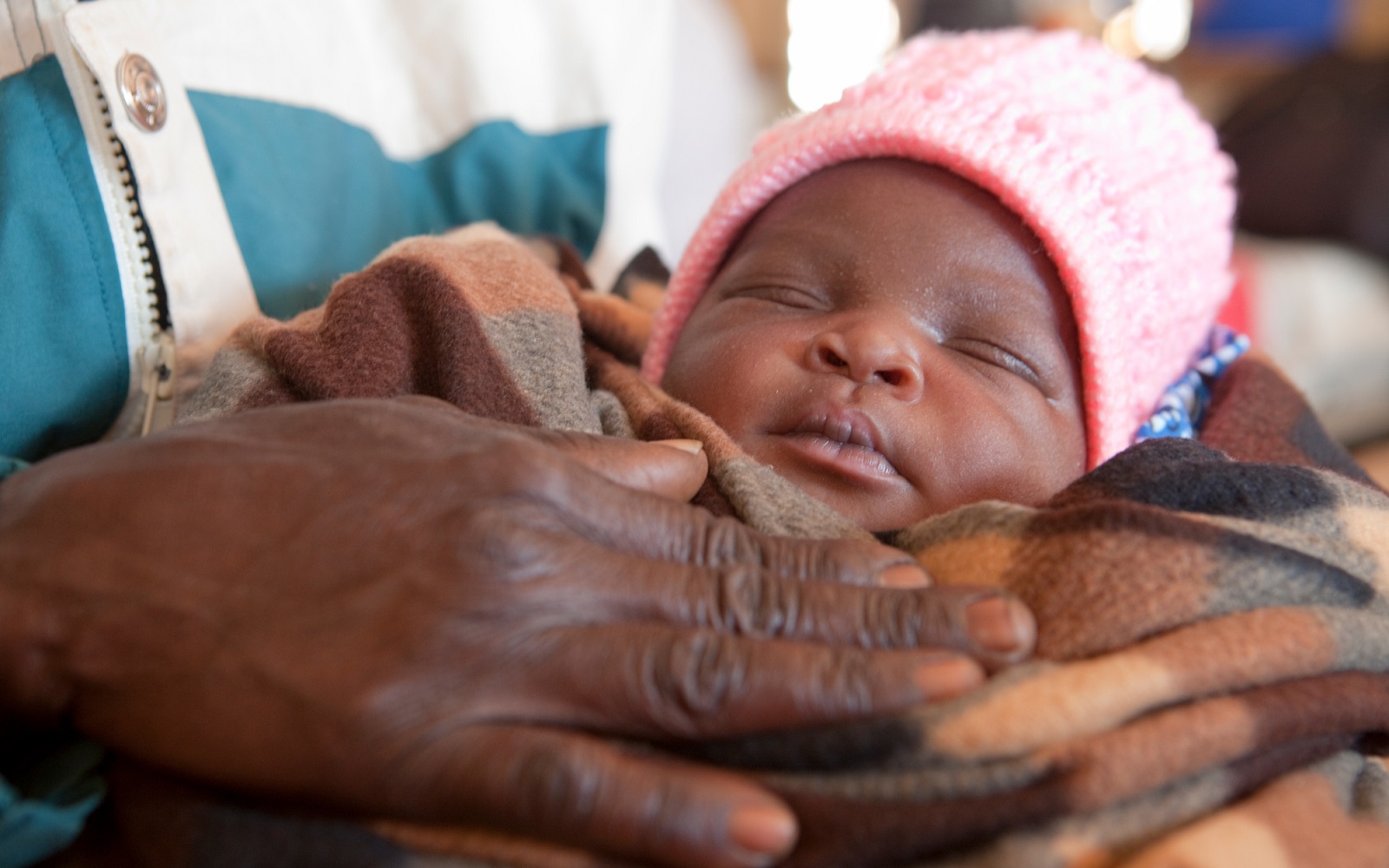At a glance
- Maternal and newborn deaths have fallen in recent decades, but progress has lagged in the past several years.
- More than 800 women and 7,000 babies die each day from preventable pregnancy and childbirth complications—one death every 11 seconds. This does not include the nearly 2 million babies who are stillborn each year.
- The Maternal, Newborn, Child Nutrition & Health [MNCNH] team manages all of the foundation’s investments related to maternal and newborn nutrition and health—from research and discovery to core product development, launch, and scale-up in key markets.
- We work to address the underlying risk factors for poor health among mothers and infants, with a prevention-first approach that focuses on early intervention to ensure healthy pregnancies, safe deliveries, and thriving babies.
- Informed by data on risk and mortality and cutting-edge data modeling, we focus our investments on high-impact, low-cost innovations that target the most dangerous threats to mothers and babies.
Our strategy
Areas of focus
A major barrier to improving pregnancy outcomes in low- and middle-income countries is a lack of quality data.
A major barrier to improving pregnancy outcomes in low- and middle-income countries is a lack of quality data.
We support research on the fundamental biology of maternal and newborn health vulnerabilities; data collection and analysis to understand the burden of those conditions; data modeling to understand the impact and cost-effectiveness of new tools; and program monitoring and evaluation to assess the impact of product scale-up.
While child deaths under age 5 have declined, the children who do survive suffer from more complex conditions, which often originate in pregnancy.
While child deaths under age 5 have declined, the children who do survive suffer from more complex conditions, which often originate in pregnancy.
The reality is that the tools needed to prevent, diagnose, and treat these conditions are lacking.
We invest in the discovery and development of non-vaccine tools and interventions that target the period between conception and age 2, to address the root causes of poor maternal and child health. This includes interventions specifically to improve poor maternal nutrition and reduce the number of babies born too small or too soon. Our three product development initiatives focus on:
- Drugs and clinical development
- Nutrition and the microbiome
- Devices and artificial intelligence (AI)
Too often, lifesaving tools and innovations do not reach the mothers and babies who need them most.
Too often, lifesaving tools and innovations do not reach the mothers and babies who need them most.
We focus on market expansion and the scale-up of key high-impact and high-quality MNCNH products and services to increase their availability, expand access to them, and improve quality of care. This includes products aimed at:
- Preventing and managing postpartum hemorrhage, the number-one cause of maternal deaths: oxytocin, misoprostol, tranexamic acid, and intravenous (IV) iron. A one-time, 15-minute infusion of IV iron can replenish a woman’s iron reserves during or after pregnancy and lower the risk of iron-deficiency anemia—a dangerous condition associated with postpartum hemorrhage.
- Supporting healthy pregnancy: multiple micronutrient supplements (MMS), azithromycin, and AI-enabled ultrasound. We work with partners around the world to get AI-enabled ultrasound into the hands of community health workers and midwives, including those working in remote communities.
- Supporting premature infants: antenatal corticosteroids, amoxicillin and gentamicin, probiotics, and continuous positive airway pressure (CPAP). Antenatal corticosteroids could save the lives of an estimated 140,000 infants in sub-Saharan Africa and South Asia by 2030.
Many of these innovations could be provided in facility or community settings by nurses or midwives, potentially strengthening connections in the workforce across community frontline workers, nurses, midwives, and hospital-based providers.
Global funding for MNCNH has stagnated since 2017. We work to address this by advancing evidence-based policies and financing for the most effective products and practices for mothers and babies.
Global funding for MNCNH has stagnated since 2017. We work to address this by advancing evidence-based policies and financing for the most effective products and practices for mothers and babies.
In addition to specific issue-focused advocacy, we bring together diverse stakeholders and champions to amplify new data and shared frameworks to help inform effective policies and hold leaders accountable to their commitments.

















